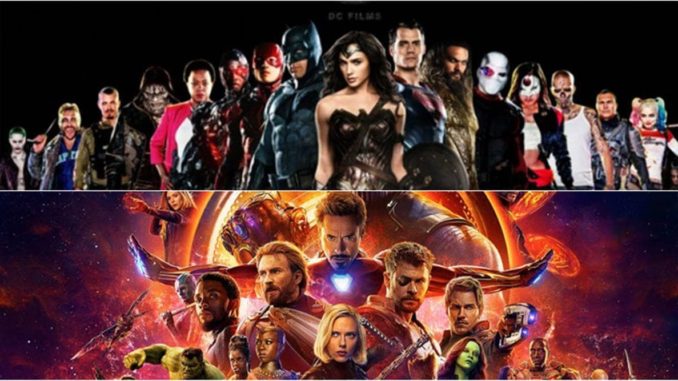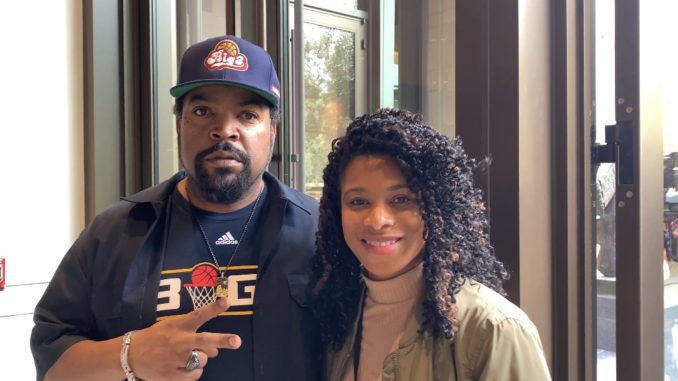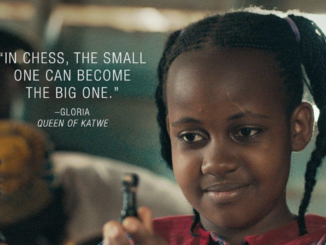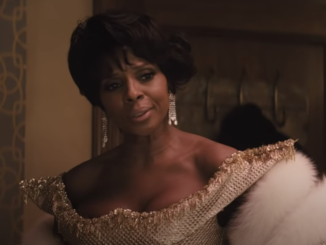
In the comic book universe, there has been a long-standing feud on who reigns supreme — whether it be Batman vs. Superman or Iron Man vs. Captain America, comics thrive on rivalry notions. So, it comes as no surprise that the fanbase for each comic book company would pit themselves against one another to see which publication is superior. Many factors contribute to the likability and overall quality of both Marvel and DC Comics, but the films give the brands their identity in the public’s eyes.
There is a lot to discuss regarding the enormous gross of the studios achieved at the box office for each respective universe. With their ten-year-long endeavor to deliver a shared, connected universe in the Marvel Cinematic Universe (MCU), Marvel released their last film in the line-up, and it became their largest release of all time.
Avengers: Endgame (2019) accumulated about $2.79 billion at the international box office. This financial return is a significant achievement because not only is it Marvel’s biggest release, but it’s also the highest-grossing film of all time. Marvel has a locked superiority when it comes to box office performance, especially given that the film prior to this, Avengers: Infinity War (2018), grossed a whopping $2.048 billion globally.
Though that is not to say the DC Extended Universe (DCEU) has not fared well, with Aquaman (2018) making $1.148 billon and Wonder Woman (2017) accumulating $822 million. However, comparatively, there seems to be a company that is abundantly ahead of the other. Even putting the company’s numbers aside at the box office, there is material on both sides that provides enough substantial evidence of the appeal of their characters.
Marvel has a foundation of characters that have been and presently remain appealing to the public at large. The storytelling company has a plethora of characters that stem from the “Silver Age of Comic Books,” the time period between 1956 and 1970 in which the comic book industry received mainstream recognition and success.
The era produced familiar names such as, The Fantastic Four, Spider-Man, Iron Man, The Hulk, Thor, Black Panther, Doctor Strange, and X-Men. All of them not only had their own comic runs and arcs to explore, but also had their own rogues’ gallery to play off of, as well, including villains Doctor Doom, Doctor Octopus, Magneto, Loki, Red Skull, and Thanos, to name a few.
To the advantage of DC Comics, the self-proclaimed “home to the world’s greatest super heroes” has had their hands in comic books for much longer and released their larger properties much sooner than Marvel did. In fact, DC Comics was the entity to set the tone on what makes a good superhero character and comic, a precedent created during the “Golden Age of Comics.” This initial wave of comics ushered in characters like Superman, Batman, Wonder Woman, Captain Marvel (Shazam), Aquaman, The Flash, and Green Lantern.
Though they were trailblazers for the comic book industry when they were released, it was not until DC got their villains that the characters and stories would take flight. When thinking of DC heroes, like Batman, it is incredibly difficult to do so without also recalling characters like The Joker, The Riddler, The Penguin, or Two-Face. That is only for a single title! Not to mention, there are characters like Lex Luthor, Cheetah, Ocean Master, Black Mantra, and General Zod. DC understands that their heroes are nothing without a good villain, and they make them the highlight of their hero’s mythology.
Looking at the prospect of the future, the MCU has a plan for the next two phases of its movie, television, and entertainment slates. In Phase 4, there seems to be an emphasis on using the multiverse for the next couple of films, and a device that will span through three of their established properties throughout the universe; WandaVision (2021), the Sony sequel Spider-Man: Far From Home (2019), and Doctor Strange In the Multiverse of Madness (2022).
With Phase 5, it seems as though they want to begin incorporating their plans to implement the characters they had recently acquired from the Disney and 20th Century Fox buyout. With Kevin Feige, the president of Marvel Studios, recently announcing that they will bring The Fantastic Four to theatres under the brand’s image, the future looks exciting for the Disney-Marvel brand.
DC is also looking at the future with a plan that seems to be more about delivering variations on properties than interconnectivity — that being the case when looking at how DC conceptualized Batman for the foreseeable future. It appears there will be three different actors playing Batman on screen in three years.
The new Batman series by Matt Reeves, starring Robert Pattinson, and the newly announced Flash movie seems to be the last film in which Ben Affleck portrays Batman. Also, rumors are spreading that Michael Keaton will be reprising his version of Batman in the same film, as well. DC is playing with multiverse and multiple interpretations of characters and announcing sequels to movies established in the main timeline. Wonder Woman 1984 (2020) just received a sequel announcement with Gal Gadot and Patty Jenkins returning to their respective roles.
This comic book rivalry is one that is built upon the way sport team rivalries are created. It is a debate that the individual needs to decide for themselves because each of the companies face their own challenges. For every Aquaman (2018), there is a Thor: The Dark World (2013), just like for every Avengers: Endgame (2019), there is a Justice League (2017). It is entirely upon the fan’s discretion to decide which franchise they wish to follow, as they both have extraordinary and substandard aspects about them.



